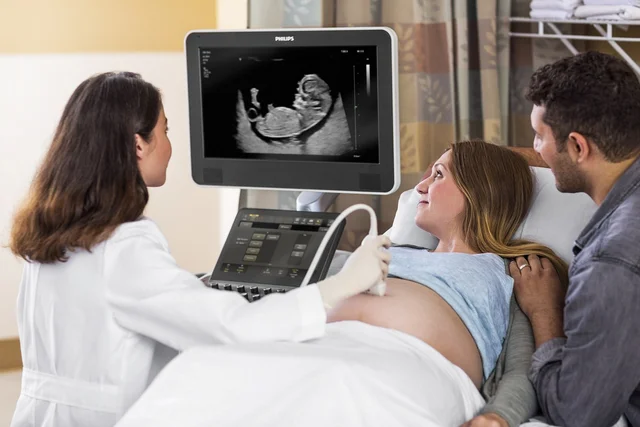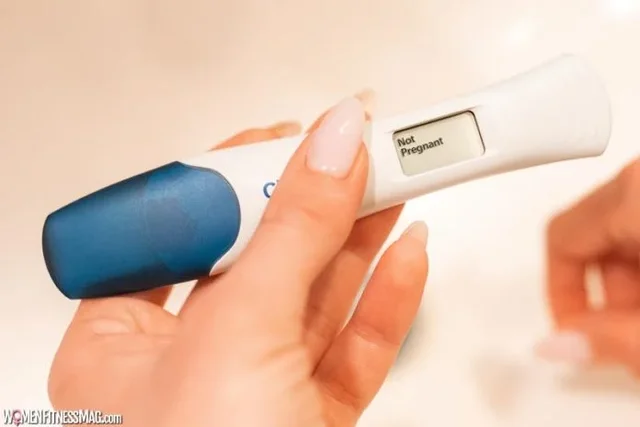-
 Description: This device, invented by Riva-Rocci, measures blood pressure using a cuff that inflates and deflates.
Description: This device, invented by Riva-Rocci, measures blood pressure using a cuff that inflates and deflates.
Impact: The sphygmomanometer allowed for early detection of hypertension, an important marker for conditions such as preeclampsia in pregnant women.
Previous Practices: Prior to its invention, monitoring blood pressure was rudimentary and often relied on subjective observation by clinicians. -
 Description: doctors could find whether the Rh factors of a pregnant woman and her fetus were compatible or not. If Rh factors are incompatible, might lead to hemolytic disease.
Description: doctors could find whether the Rh factors of a pregnant woman and her fetus were compatible or not. If Rh factors are incompatible, might lead to hemolytic disease.
Impact: Phys. can detect Rh incompatibility, and the use of Rh immunoglobulin, stops maternal antibodies from destroying fetal red blood cells and can lower the risk of serious anemia or death.
Comparison: before this Rh incompatible were
never diagnosed until health problems began, resulting in health consequences. -
 Date: Late 1970s
Date: Late 1970s
Description: Ultrasound became a prevalent diagnostic means during pregnancy, enabling physicians to observe in real time the image of the fetus in the tummy of a women.
Impact: It is able to find congenital defects, find out the sex, and also monitor fetal heart rates. Before this, physical examinations were less accurate. -
 Date: Early 1980s
Date: Early 1980s
Description: Continuous monitoring of heart rate and contractions in labor. Which are highly essential when it comes to health for fetal.
Impact: Early detection of fetal distress improves delivery outcomes over the previously used intermittent checks. -
 Date: 1980s
Date: 1980s
Description: Home pregnancy tests allowed women to diagnose their pregnancy without invasion of their bodies. By urination testing.
Impact: These provided quick home results much sooner, and thus as a result, prenatal care was started much earlier. In the past, it was necessary for women to visit a health provider for confirmation. -
 Date: The late 1980's
Date: The late 1980's
Description: Amniocentesis, CVS, and other forms of genetic screening became standard for high-risk pregnancies.
Impact: These tests allowed for the early diagnosis of conditions such as Down syndrome and thus provided a basis on which informed decisions could be made. Such conditions were previously generally identified only after birth. -
 Description: A non-invasive blood test that analyzes fetal DNA present in the mother’s bloodstream to assess risks for chromosomal conditions.
Description: A non-invasive blood test that analyzes fetal DNA present in the mother’s bloodstream to assess risks for chromosomal conditions.
Impact: This testing method reduces the need for invasive procedures like amniocentesis and provides early information about potential genetic issues.
Previous Practices: Prior to this, women often had to undergo more invasive testing to screen for genetic disorders, carrying associated risks. -
 Date: Rapid adoption during the COVID-19 pandemic in 2020.
Date: Rapid adoption during the COVID-19 pandemic in 2020.
Description: Virtual consultations with healthcare providers using video conferencing technology. So, for pregnant women.
Impact: Telemedicine allows for greater access to care, especially for expectant mothers in remote areas or those needing to minimize in-person visits.
Previous Practices: Traditionally, prenatal care required in-person visits, which could be burdensome for women with limited mobility or access to transportation.
